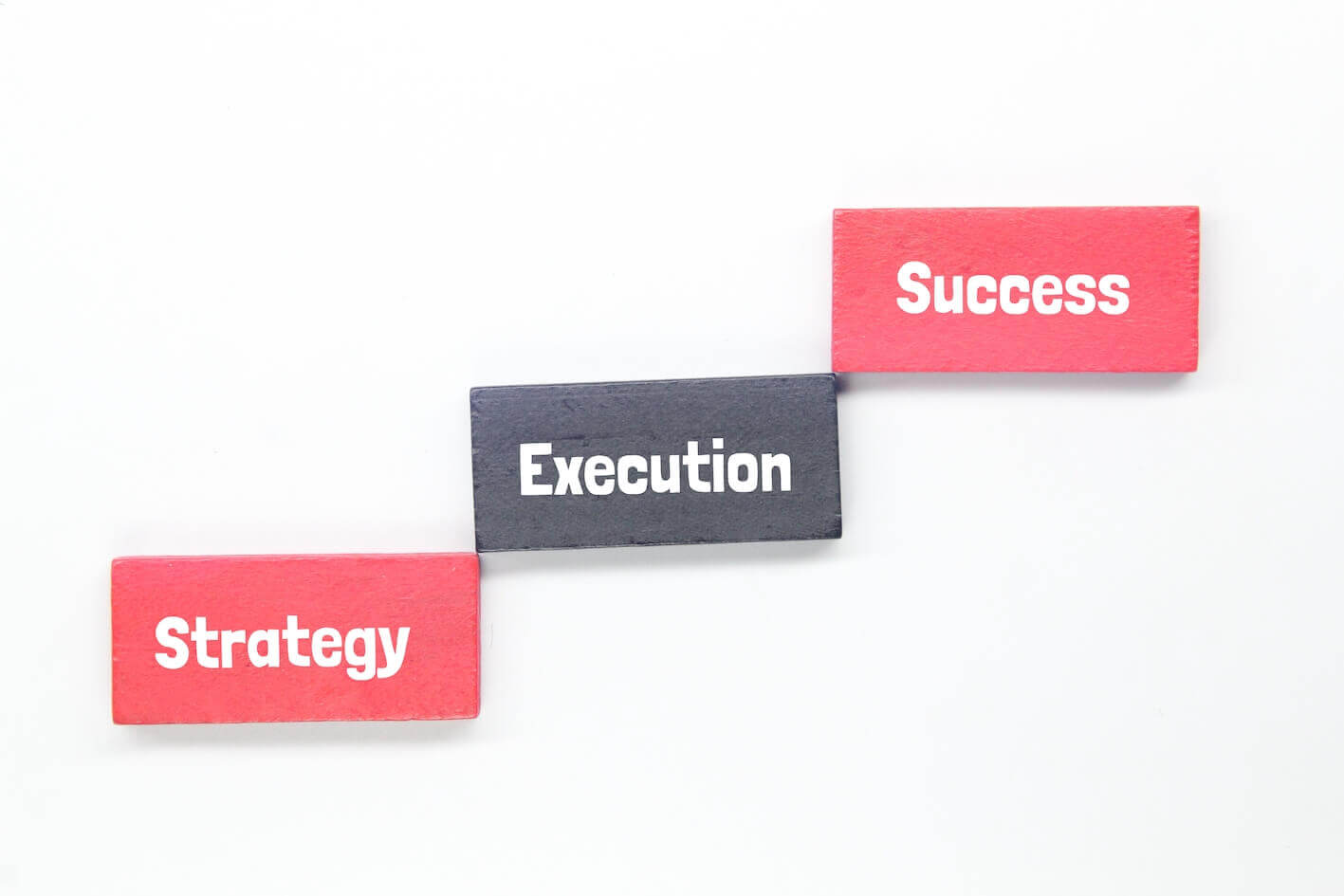In the fast-paced and competitive business world, organizations are constantly striving to gain a competitive edge and achieve their goals. Strategic planning plays a crucial role in setting the direction and vision for an organization, but it is the execution of those strategies that ultimately determines success. As Sir Winston Churchill once said, “However beautiful the strategy, you should occasionally look at the results.” This statement encapsulates the essence of the strategy vs execution debate – while strategy is important, execution is even more crucial.
1. The Challenge of Execution
Despite the recognition of the importance of execution, research shows that most organizations struggle with it. According to David Norton and Robert Kaplan, authors of “The Balanced Scorecard,” 90% of organizations fail to successfully execute their strategy. This staggering statistic highlights the need for organizations to focus on improving their execution capabilities.

2.The Strategic Planning Process
The strategic planning process is the foundation for any organization’s success. It involves evaluating the corporate mission, vision, objectives, actionable tasks, timelines, and budgetary constraints. During this process, leaders engage in creative thinking and make assumptions about the future. However, it is crucial to acknowledge that developing the strategic plan is the easiest part of the process.

3. The Importance of Execution
While strategic planning sets the direction, it is the execution of strategies that brings them to life. Just like a boat is useless if it remains in the garage or on the docks, a strategy is only valuable when it is executed. This requires allocating resources, implementing action plans, and continuously monitoring progress.

1. Lack of Employee Buy-In and Commitment
One of the primary reasons organizations fail to execute their strategies is a lack of employee buy-in and commitment. When leaders develop strategies without involving employees, there is a lack of understanding and motivation to execute them successfully. To address this, organizations must involve employees in the strategic planning process, ensuring they feel involved, committed, and empowered to drive results.
2. Unachievable and Unrealistic Strategies and Goals
Another common pitfall is the development of unachievable and unrealistic strategies and goals. When employees perceive strategies as impossible to achieve, motivation and engagement plummet. Organizations must strike a balance between setting stretch goals and ensuring they are attainable. By analyzing available resources and considering potential changes, leaders can set goals that inspire and drive performance.
3. Lack of Follow-Up and Accountability
Follow-up, performance management, and individual accountability are critical for successful strategy execution. Without consistent follow-up and accountability mechanisms, organizations cannot gauge progress or identify obstacles. Regular performance reviews, monitoring, and adjustments are essential to keep the execution on track. By measuring and managing progress, organizations can proactively address challenges and ensure timely execution.
4. The Elements of Strong Execution
To achieve successful execution, organizations must address four fundamental building blocks: decision rights, information flow, motivators, and structure. These elements work in harmony to create an environment conducive to effective execution.

1. Decision Rights
Clarifying decision rights is crucial to avoid confusion and ensure everyone understands their responsibilities. When employees know which decisions they are accountable for, they can take ownership and act accordingly. Leaders should delegate operational decisions to higher-level managers, empowering them to make informed choices and drive execution.
2. Information Flow
Effective information flow is vital for strategic execution. Organizations must ensure that relevant information flows quickly to decision-makers, enabling them to identify patterns, make informed decisions, and share best practices. Facilitating information flow across organizational boundaries encourages collaboration and fosters a culture of transparency.
3. Motivators
Motivation plays a significant role in execution. Establishing motivators aligned with the strategic goals encourages employees to go the extra mile. Performance appraisals, recognition programs, and rewards for fulfilling commitments can drive motivation and commitment to execution. However, motivators are most effective when decision rights and information flow have been addressed.
4. Structure
While structural changes can support execution, they should not be the primary focus. Organizations often resort to restructuring as a quick fix, but it only provides short-term gains. Instead, leaders should design structures that support decision rights and information flow. Lateral promotions and creating networks essential for collaboration can be more effective than traditional hierarchical structures.
5. Overcoming Execution Challenges
To overcome execution challenges, organizations must adopt a systematic approach that emphasizes accountability, communication, and adaptability. Here are some strategies to enhance execution capabilities:
1. Foster Employee Engagement:
Involve employees in the strategic planning process, seek their input, and encourage open communication. When employees feel heard and valued, they are more likely to be committed to executing strategies.
2. Set Realistic Goals:
Establish goals that are challenging yet attainable. Consider available resources, market conditions, and potential changes. By setting realistic goals, organizations can motivate employees and ensure a higher likelihood of success.
3. Establish Clear Accountability:
Define decision rights and ensure employees understand their responsibilities. Implement a performance management system that holds individuals accountable for results and provides regular feedback.
4. Promote Information Sharing:
Create channels for effective information flow across departments and levels. Encourage collaboration and open communication to ensure that valuable insights and best practices are shared throughout the organization.
5. Monitor and Adjust:
Continuously monitor progress and evaluate the execution of strategies. Identify obstacles, address them promptly, and make necessary adjustments to keep the execution on track.

Conclusion
While strategy is undoubtedly important, it is the execution that determines an organization’s success. Without effective execution, even the most brilliant strategies are rendered useless. Organizations must focus on clarifying decision rights, improving information flow, aligning motivators, and creating supportive structures to enhance execution capabilities. By fostering employee buy-in, setting realistic goals, establishing accountability, promoting information sharing, and monitoring progress, organizations can overcome execution challenges and achieve their strategic objectives. Remember, a well-executed strategy is the key to sustainable success in today’s competitive business landscape.





